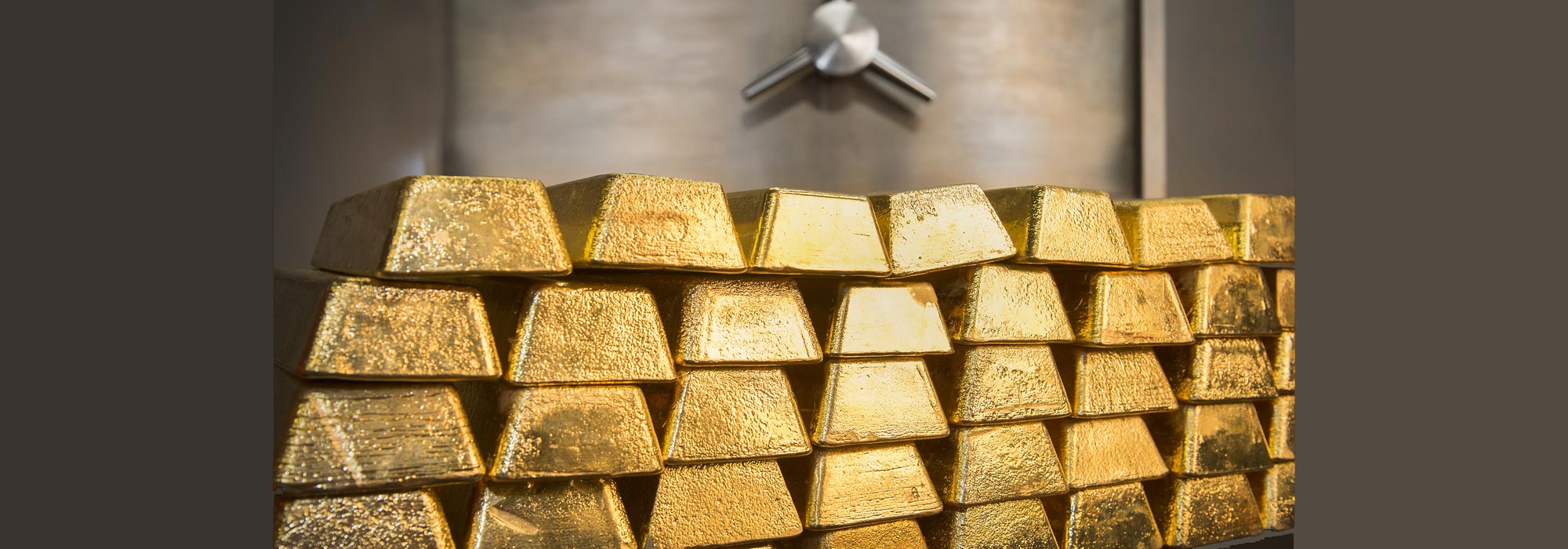Gold is frequently regarded as a safe haven asset due to the fact that it generally isn’t impacted by poor performance of standard assets such as stocks, bonds, property and private equity. Certainly, the figures for the first quarter of 2020 emphasise gold’s ongoing role as an important store of value during times of global uncertainty and economic instability.
The London gold price rose 5.8% during the period, from $1520.55/oz on January 2 to $1608.95/oz on March 31, despite experiencing a brief period of exceptional volatility. At the same time, leading stock indices fell heavily, with the S&P 500 index losing a fifth of its value and the FTSE 100 also down. Historically, the value of gold has often strengthened when other assets have failed.
According to Andy Dickey, Divisional Director for Precious Metals at The Royal Mint ‘The gold market is proving once again to be resilient during these extremely difficult market conditions. It comes as no surprise that we experienced some price volatility as traders made use of gold’s high liquidity to cover other failing assets, but overall gold continues to make gains as economic uncertainty continues.’
Last month, analysts at Goldman Sachs suggested that gold could hit $1, 800 a troy ounce as economic concerns persist and investors continue to move more towards safe haven products.
On an individual investor level, there has been unprecedented demand for gold bullion coins and bars over the last month. Whilst the industry supply chain has struggled to keep up with soaring demand and logistical issues, The Royal Mint has managed to secure stock of many of its most desired product lines.
Login or open a bullion account with The Royal Mint today.
Discover great stories from history and how we're celebrating these moments within The Royal Mint
Read more

